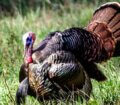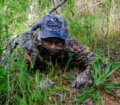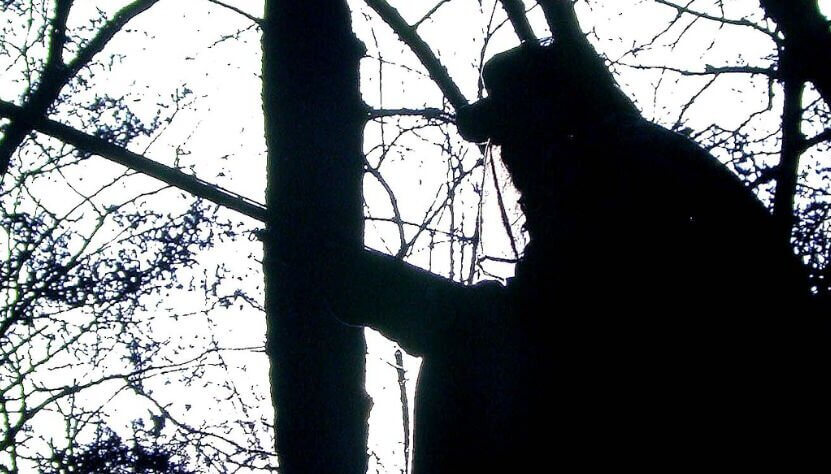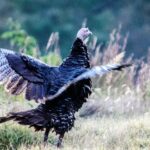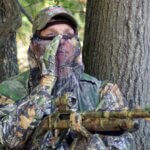Editor’s Note: Turkey hunting is a game of options: A turkey has certain choices, and the hunter has other choices. And, although a hunter may be able to select several different strategies to outfox a wily woods wizard like the wild turkey, the purpose of the following test is to help you determine which is the very-best tactic to use. Let’s examine turkey-hunting situations you may encounter once you’ve gotten a tom to gobble, and determine which option may be best and why.

- You’ve used three different mouth yelpers to talk to a hung-up gobbler, and he still won’t come in to where you’re set-up. What should you do?
- Utilize four other mouth yelpers.
- Use a hawk call to make the bird shock gobble.
- Try to call softly with a friction call – either a box or a slate call. Also scratch in the leaves like a hen turkey does.
- Use a loud tube call, because it has a different pitch from what you’ve been using. Many times, a bird will come to a loud sound when he won’t respond to a softer sound.

Answer: Try to call softly with a friction call – either a box or a slate call. Also scratch in the leaves like a hen turkey does are the most-productive tactics to try after calling unsuccessfully with various mouth yelpers. Often the sound of a friction call will lure in a gobbler when a diaphragm won’t. There isn’t any obvious reason for this other than some toms prefer certain love calls, while other turkeys like the same song sung in a different voice.

- You’re hunting a boss gobbler that flies to the middle of a field just at daylight; then he struts in the field with his hens for most of the day before flying-up to the roost at night. There seems to be no way to lure him to the edge of the field where you can get a shot. What should you do?
- Set-up on the edge of the field, use a decoy, and call to the bird, while he’s still on the roost, before any other hen talks to him.
- Hunt the turkey late in the afternoon, just before he flies-up to the roost, in hopes that he will walk to the edge of the field before he becomes airborne.
- Get a friend to move to the other side of the field and run at the tom, hoping that the gobbler will run your way.

Answer: Set-up on the edge of the field, use a decoy, and call to the bird, while he’s still on the roost, before any other hen talks to him is the most-successful technique. If a gobbler hears a hen calling to him first thing in the morning close to the field, he may fly-down in the field and search for that hen before the rest of his harem wakes-up. This scenario is especially true if you’re hunting a gobbler in the peak of the breeding season, because a harem king rarely wants to ignore a hen that needs breeding.
Tomorrow: Check Out a Thicket or a Spooked Gobbler
Check out John E. Phillips’ 12th turkey book: “Turkeys: Today’s Tactics for Longbeards Tomorrow“
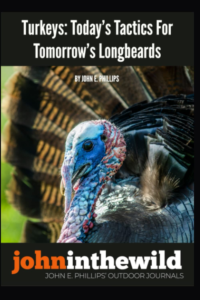
- hunting strategies with pros Will Primos, David Hale, Eddie Salter, Preston Pittman, Allen Jenkins, Terry Rohm, Paul Butski, Larry Norton and others.
- information about taking turkeys with .410 shotguns.
- box-call techniques.
- strategies for moving on turkeys.
- ways to hunt public-land gobblers.
- the differences in calling and hunting Eastern, Osceola and Western turkeys.
- the latest research on turkeys; and other information.
Click here to check out John’s 12th turkey book on Audible.

